No, Anaheim and poblano peppers are not the same. While they share a similar appearance and mild heat, they have distinct origins, flavors, and culinary uses. This guide explains the key differences to help you choose the right pepper for your recipes.
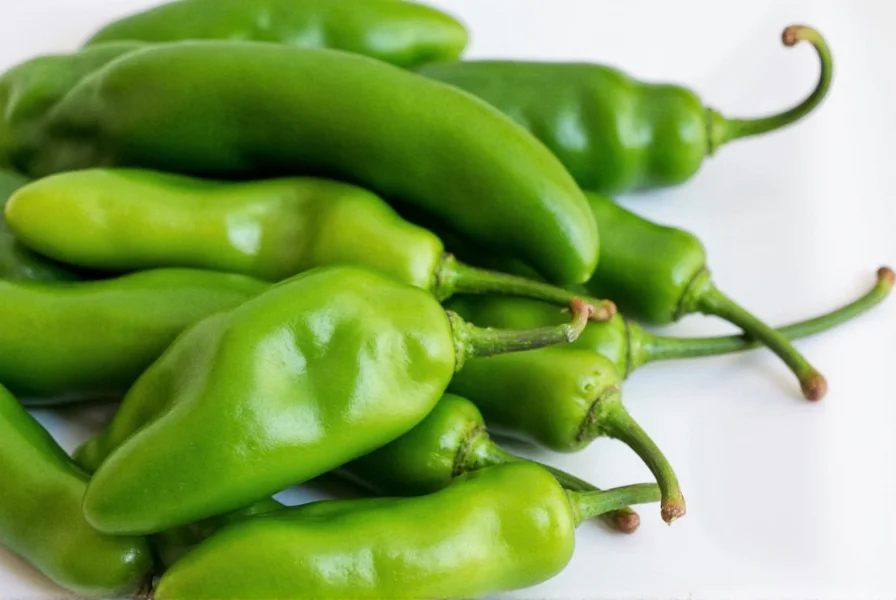
Table of Contents
- Introduction
- Pepper Profiles: Anaheim & Poblano Side by Side
- Heat Level: Mild or Medium?
- Flavor Profiles: What Do They Taste Like?
- Culinary Uses: Where Each Shines
- Substituting One for the Other: Is It Possible?
- Growing Tips: Can You Grow Both at Home?
- Buying Guide: Choosing the Right Pepper
- Frequently Asked Questions
- Conclusion
Introduction: The Great Pepper Confusion
Chances are, you’ve seen both Anaheim and poblano peppers in your local grocery store. At first glance, they look pretty similar — wide, green, slightly curved, and fairly mild. But don’t let appearances fool you! These two peppers have distinct personalities when it comes to flavor, heat, and culinary applications.
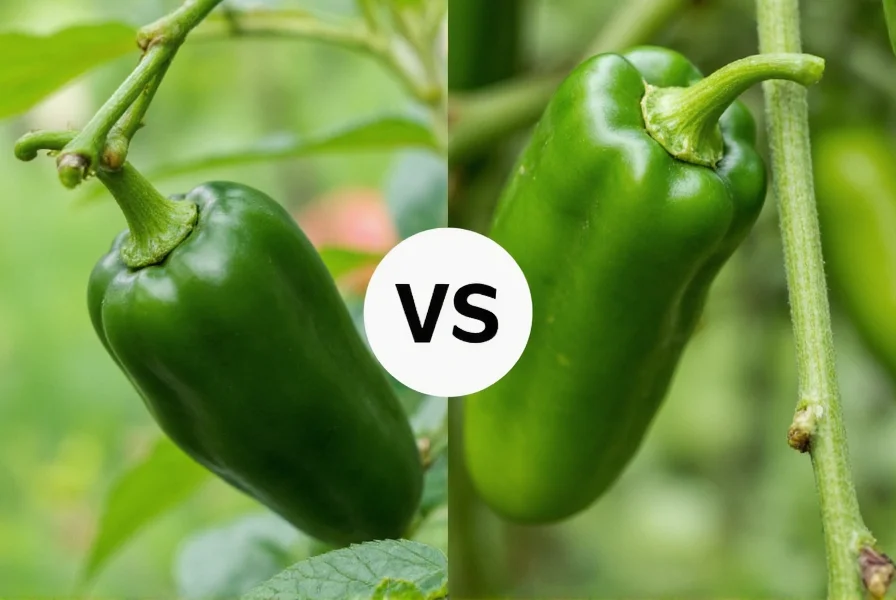
While they’re both Capsicum annuum varieties, their differences in origin, heat, and flavor make them unique. Let’s explore exactly how they differ.
| Feature | Anaheim Pepper | Poblano Pepper |
|---|---|---|
| Origin | California (named after Anaheim) | Mexico (specifically Puebla region) |
| Scientific Name | Capsicum annuum | Capsicum annuum |
| Size | 4–6 inches long | 3–5 inches long |
| Shape | Elongated, tapered ends | Broad base with a heart-shaped appearance |
| Color | Mostly sold green; turns red when mature | Green when fresh, red when dried (called ancho chili) |
| Common Names | New Mexico green chile (in some regions) | Ancho (when dried), mulato (if darker, sweeter version) |
While both belong to the Capsicum annuum family, they come from different roots — Anaheim is more American-bred, while poblano is proudly Mexican. Visually, they’re cousins but not twins.
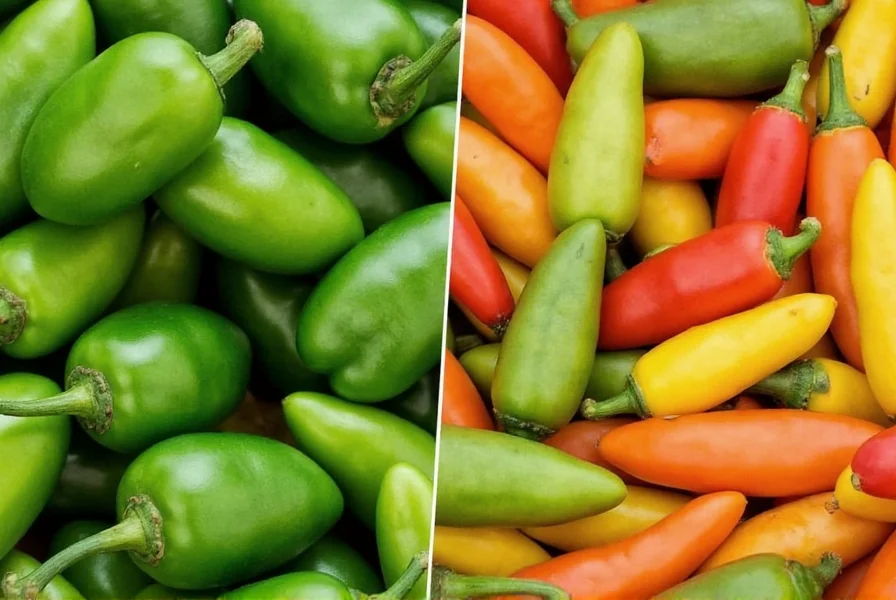
Heat Level: Mild or Medium?
One of the biggest questions when comparing any two peppers is about their spiciness — and here’s where things get interesting:
| Pepper | Scoville Heat Units (SHU) | Description |
|---|---|---|
| Anaheim | 500–2,500 SHU | Mild to medium; usually on the lower end unless seeds are included |
| Poblano | 1,000–2,000 SHU | Moderately spicy, but often milder than jalapeño |
So, which one is hotter? Well, technically, it depends. On average, poblano peppers tend to pack a slightly sharper punch, but some Anaheims may surprise you with higher heat. Your best bet is always to taste a small piece before committing to a whole dish!
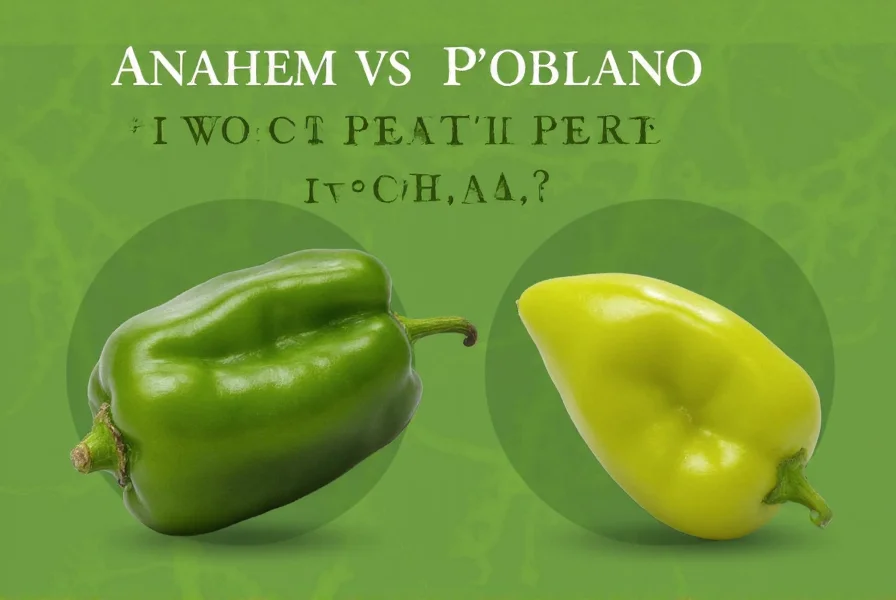
Flavor Profiles: What Do They Taste Like?
If heat is only half the story, then flavor is the plot twist.
- Anaheim: Sweet and grassy, with subtle earthiness. Very versatile — like a blank canvas ready for seasoning.
- Poblano: Darker, richer, smokier — imagine earthy tones mixed with a hint of fruitiness and a velvety mouthfeel.
This difference in flavor is why chefs use them differently. Think of Anaheim as the go-to for everyday dishes and poblano as the star player in complex sauces or stuffed pepper recipes.
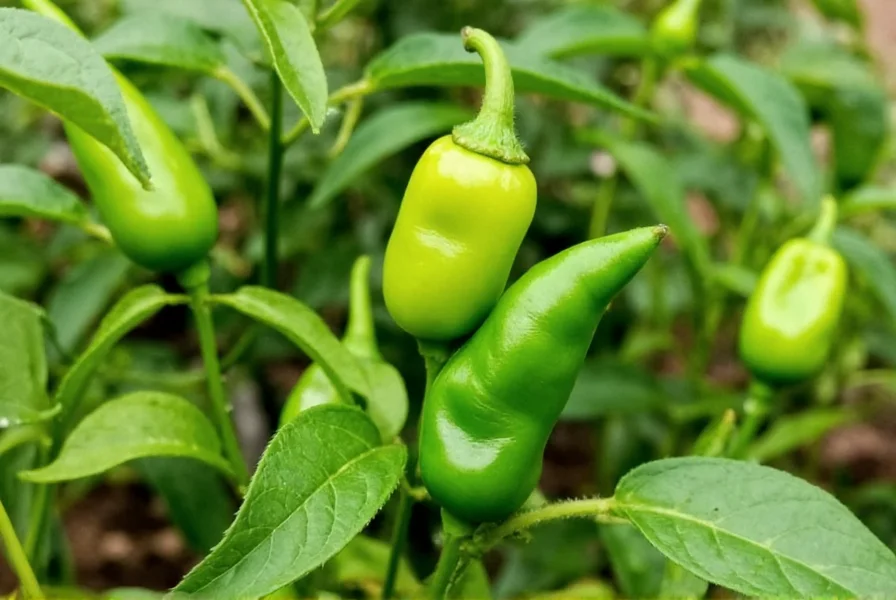
Culinary Uses: Where Each Shines
Both peppers play key roles in cooking, but each has its preferred stage and style:
Anaheim in Action
- Perfect for chile rellenos, salsas, and soups
- Great roasted or grilled for sandwiches and stews
- Used extensively in New Mexican cuisine
Poblano in the Spotlight
- Classic in chiles rellenos, mole verde, and rajas con crema
- Dried form (ancho) is essential in mole sauces
- Ideal for stuffing, especially with cheese
So, while you could swap one for the other in a pinch, doing so would change the flavor profile of your dish significantly.
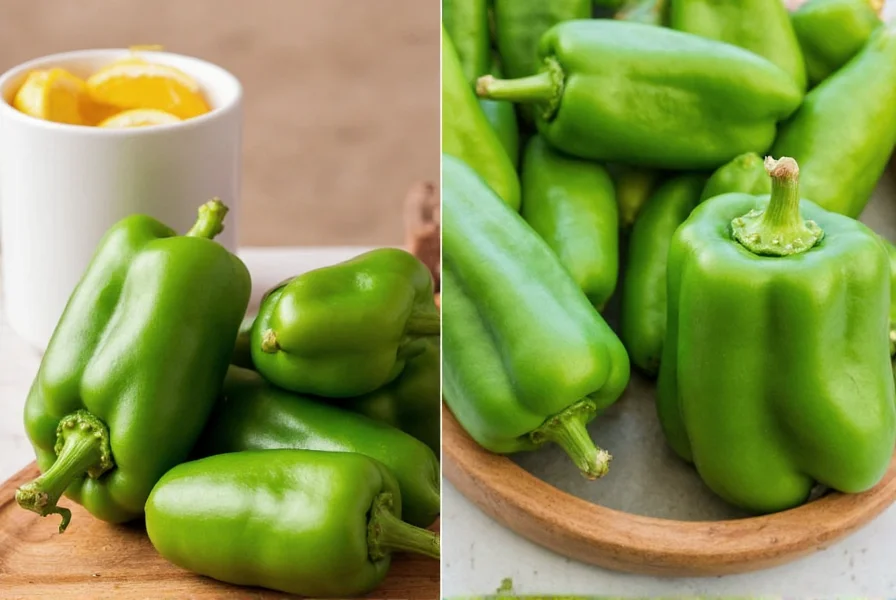
Substituting One for the Other: Is It Possible?
You’re out of poblanos but have Anaheims? Or vice versa? Here’s how to handle the swap:
- Anaheim instead of poblano: Works well in most savory dishes where mild heat and versatility are needed. Just note the flavor will be less rich and smoky.
- Poblano instead of Anaheim: Adds depth but might bring a little more heat than expected. Best used when you want boldness and complexity.
Pro tip: If you’re aiming for authenticity — especially in traditional Mexican recipes — stick with the recommended pepper for the most accurate results.
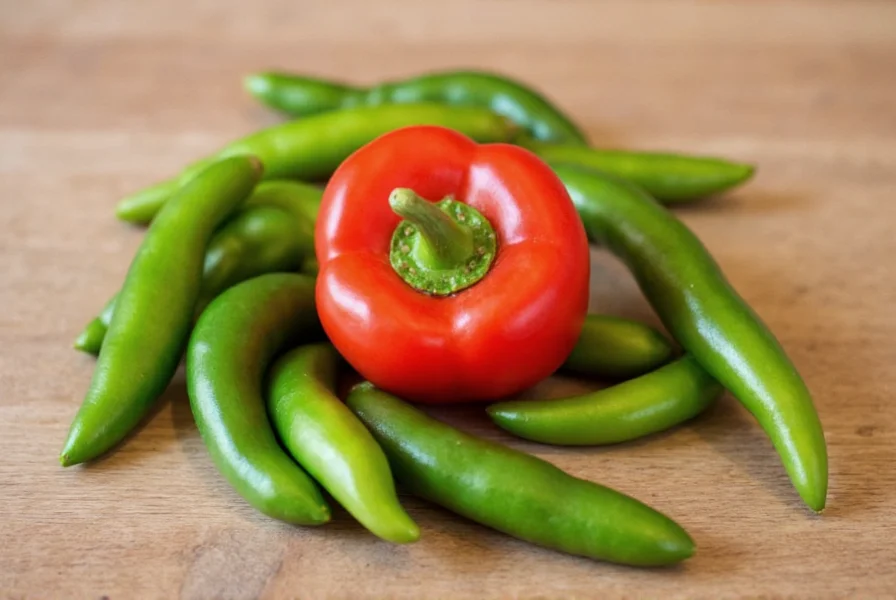
Growing Tips: Can You Grow Both at Home?
Love gardening? Both peppers are excellent choices for home cultivation:
Anaheim Pepper Growing Tips
- Thrives in warm climates
- Start indoors 8–10 weeks before last frost
- Requires full sun and well-draining soil
Poblano Pepper Growing Tips
- Slightly slower to mature than Anaheim
- Likes consistent watering but hates soggy roots
- Harvest early for green color or leave longer for red (drying option)
Whether you’re growing for roasting, stuffing, or drying, both peppers are rewarding additions to your garden — and your dinner plate.
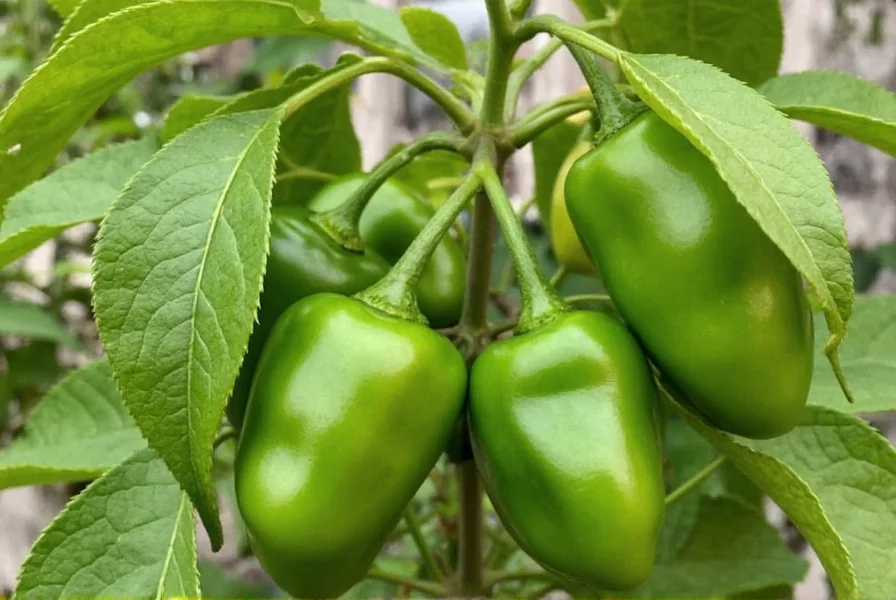
Buying Guide: Choosing the Right Pepper
Next time you’re at the store, here’s how to pick the right pepper for your recipe:
| Criteria | Anaheim | Poblano |
|---|---|---|
| Best For | General cooking, mild heat lovers | Authentic Mexican dishes, deeper flavor |
| When to Buy | Summer through early fall | Available year-round; peak season is late summer |
| How to Choose | Firm, shiny skin without wrinkles | Deep green color and firm texture |
| Storage Tips | Refrigerate in plastic bag for up to a week | Store similarly; roasting extends shelf life |
| Freezing Tip | Blanch or roast before freezing | Roast and peel for freezer-friendly prep |
Looking to stock up for winter? Roast and freeze either variety for future use in soups, stews, and sauces. It’s like preserving summer sunshine!
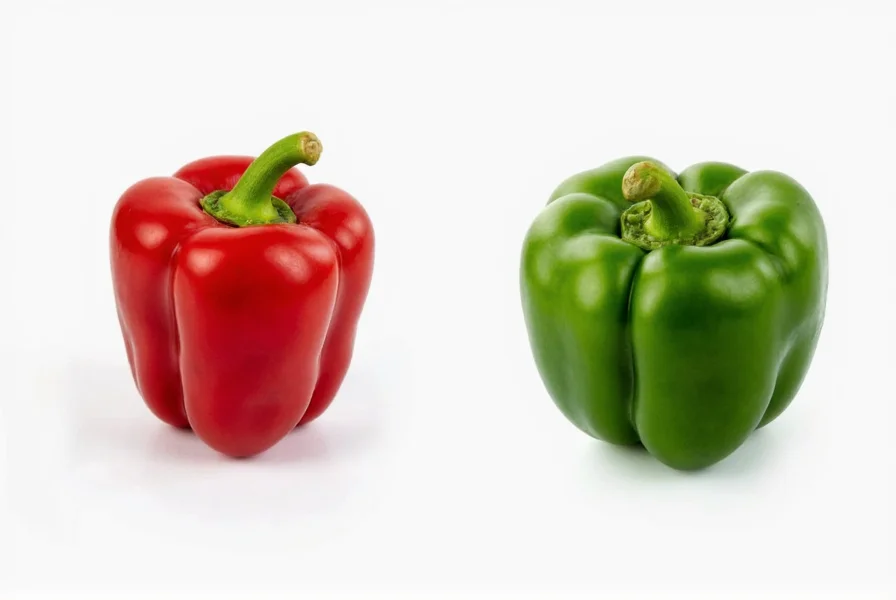
Frequently Asked Questions
-
Are Anaheim peppers the same as poblano peppers?
No, they are distinct varieties. While both are mild-to-medium heat peppers in the Capsicum annuum family, Anaheim originates from California and has an elongated shape with sweet, grassy notes. Poblanos come from Mexico, feature a heart-shaped base, and offer richer, smokier flavor with earthy undertones.
-
Which pepper is hotter: Anaheim or poblano?
Poblanos typically range from 1,000–2,000 Scoville Heat Units (SHU), while Anaheims range from 500–2,500 SHU. Though poblanos often deliver slightly more consistent heat, some Anaheims can exceed poblano spiciness. Always taste a small piece before using.
-
Can I substitute Anaheim for poblano in recipes?
Yes, but with flavor trade-offs. Anaheim works well in dishes needing mild heat and versatility (like salsas or roasted sandwiches), but lacks poblano’s smoky depth. For authentic Mexican dishes like chiles rellenos or mole, poblano is preferable for its characteristic richness.
-
Why do poblanos sometimes appear darker than Anaheims?
Poblanos have thicker, darker green skin compared to Anaheims’ lighter, smoother exterior. This contributes to their earthier flavor profile. When dried, mature red poblanos become "ancho chiles," prized for their deep, raisin-like sweetness in sauces.
-
How can I tell Anaheim and poblano peppers apart at the store?
Look for shape and texture: Anaheims are longer (4-6 inches) with tapered ends and thinner skin. Poblanos are shorter (3-5 inches) with a broad, heart-shaped base, thicker walls, and noticeably darker green color. Poblanos also feel heavier for their size.
Conclusion: Know Your Peppers, Love Your Dishes
So, are Anaheim peppers the same as poblano? While they share similarities in shape, size, and mild-to-medium heat, they are not interchangeable when flavor matters most. Understanding these differences helps you cook with intention, whether you’re whipping up a quick green chile sauce or crafting an elegant stuffed pepper dish.
The next time you’re shopping or cooking, take a moment to consider what each pepper brings to the table. A little knowledge goes a long way in turning good meals into great ones. And hey, now you’ve got something cool to talk about at your next dinner party.
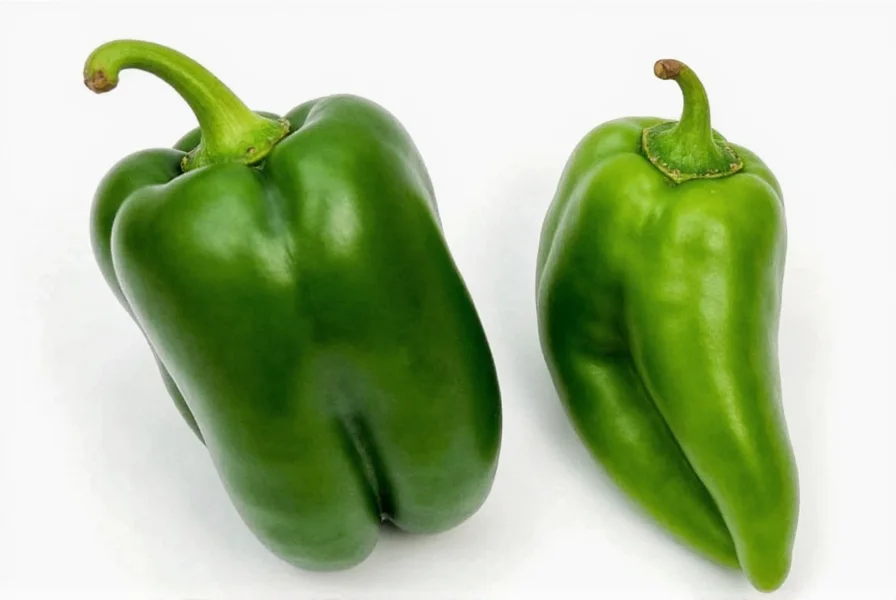
Happy cooking, and may your peppers be flavorful and your chiles forever fire up your passion for food!

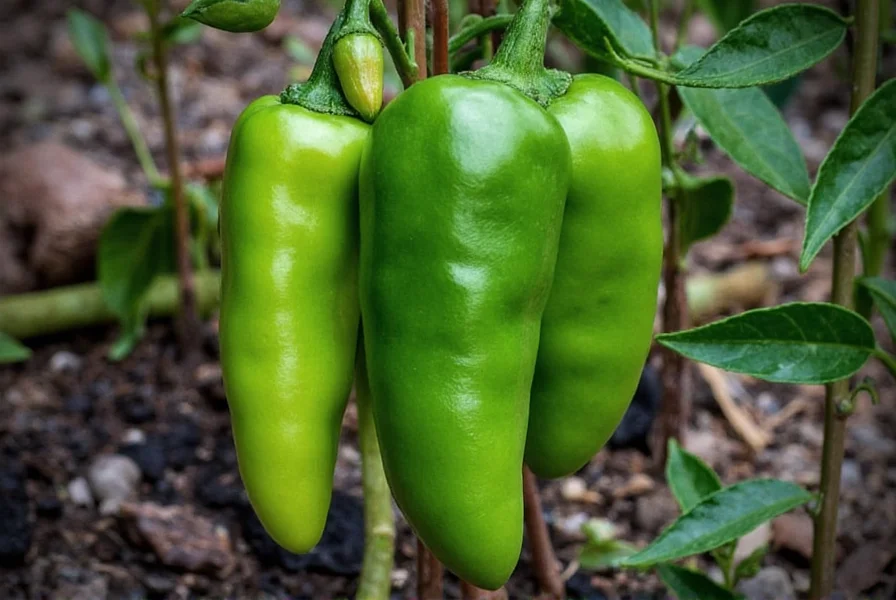









 浙公网安备
33010002000092号
浙公网安备
33010002000092号 浙B2-20120091-4
浙B2-20120091-4